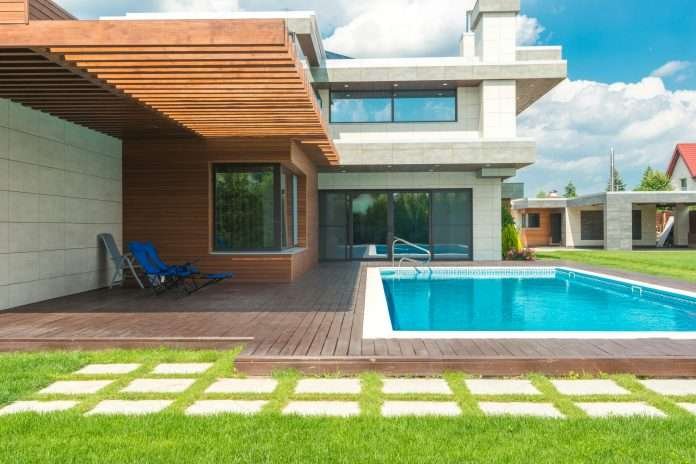When it comes to replacing your windows or designing a new home, choosing the right window style is a crucial decision that can significantly impact your property’s appearance, functionality, and overall value. With so many options available, it can be challenging to determine which window styles best suit your needs and preferences. In this blog post, we’ll explore some of the most popular window styles in the UK, helping you make an informed decision for your home.
Casement Windows
Casement windows are one of the most popular window styles in the UK, and for good reason. These windows are hinged on one side and open outwards, providing excellent ventilation and a clear, unobstructed view. Casement windows are often taller than they are wide, making them an ideal choice for spaces where maximum natural light is desired.
One of the main advantages of casement windows is their versatility. They can be designed to open from the left, right, or even from the top, allowing you to customise the window to your specific needs. Casement windows are also highly energy-efficient, as their tight seal helps prevent drafts and heat loss when closed.
Sash Windows
Sash windows, also known as hung sash windows, are a classic choice that has been popular in the UK for centuries. These windows feature two sashes (movable panels) that slide vertically past each other within a frame. Traditionally, sash windows were made from timber, but modern versions are available in a range of materials, including uPVC and aluminium.
Sash windows are particularly well-suited to period properties, as they offer a timeless and elegant appearance that complements historic architectural styles. However, they can also be adapted to suit more contemporary homes, with sleek, minimalist designs and a range of colour options.
Tilt and Turn Windows
Tilt and turn windows are a modern, versatile option that combines the benefits of both casement and sash windows. These windows feature a unique hinge system that allows them to open in two ways: either tilting inwards from the top for ventilation or opening inwards from the side for easy cleaning and maximum airflow.
Tilt and turn windows are an excellent choice for properties with limited exterior space, as they don’t protrude outwards when opened. They also offer exceptional security, as the multi-point locking system engages all around the window frame when closed, making them difficult to force open from the outside.
Bay and Bow Windows
Bay and bow windows are a popular choice for homeowners looking to add character, space, and light to their rooms. These window styles project outwards from the main walls of the building, creating a three-dimensional effect that enhances both the interior and exterior of the property.
Bay windows typically consist of three sections: a large central window flanked by two smaller windows at an angle. This configuration creates a pleasant alcove inside the room, which can be used for seating, storage, or display purposes. Bow windows, on the other hand, feature four or more windows joined together in a gentle curve, creating a more rounded, softer appearance.
Both bay and bow windows are effective at maximising natural light and can make a room feel more spacious and open. They also offer a wider view of the outdoors, making them an attractive choice for properties with pleasant surroundings.
Roof Windows
Roof windows, also known as skylights, are an increasingly popular choice for UK homeowners looking to bring natural light into loft conversions, attics, or other rooms with sloping ceilings. These windows are installed within the roof itself, allowing light to enter the room from above.
Roof windows come in a variety of styles, including centre-pivot, top-hung, and fixed non-opening designs. They can also be fitted with various blinds or shades to control the amount of light and heat entering the room. In addition to providing natural illumination, roof windows can also offer ventilation and help regulate the temperature in the space.
Sliding Windows
Sliding windows, as the name suggests, consist of two or more sashes that slide horizontally along tracks within the frame. One sash remains fixed, while the other slides open, providing a clear opening for ventilation. Sliding windows are a great choice for rooms where a traditional outward-opening window may not be practical, such as in tight spaces or along walkways.
Sliding windows offer a sleek, modern appearance and are easy to operate, making them a popular choice for contemporary homes. They also provide excellent insulation and security, as the sliding mechanism creates a tight seal when closed, and many designs feature advanced locking systems.
Conclusion
Selecting the right window style for your home is a decision that requires careful consideration of your property’s architecture, your personal preferences, and your practical needs. By understanding the unique benefits and characteristics of each window style, you can make an informed choice that enhances your home’s appearance, functionality, and overall value.
Whether you opt for classic casement windows, versatile tilt and turn designs, or space-enhancing bay windows, investing in high-quality, well-designed windows can transform your living space and provide lasting benefits for years to come. Consult with a reputable window specialist to explore your options further and find the perfect window style for your home.







